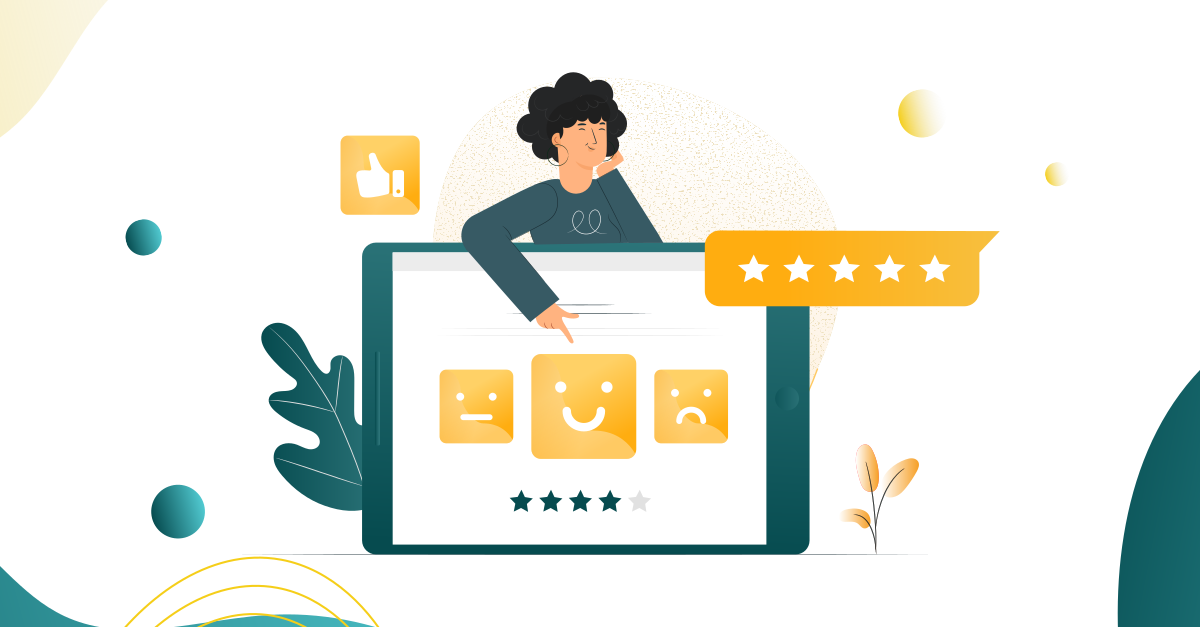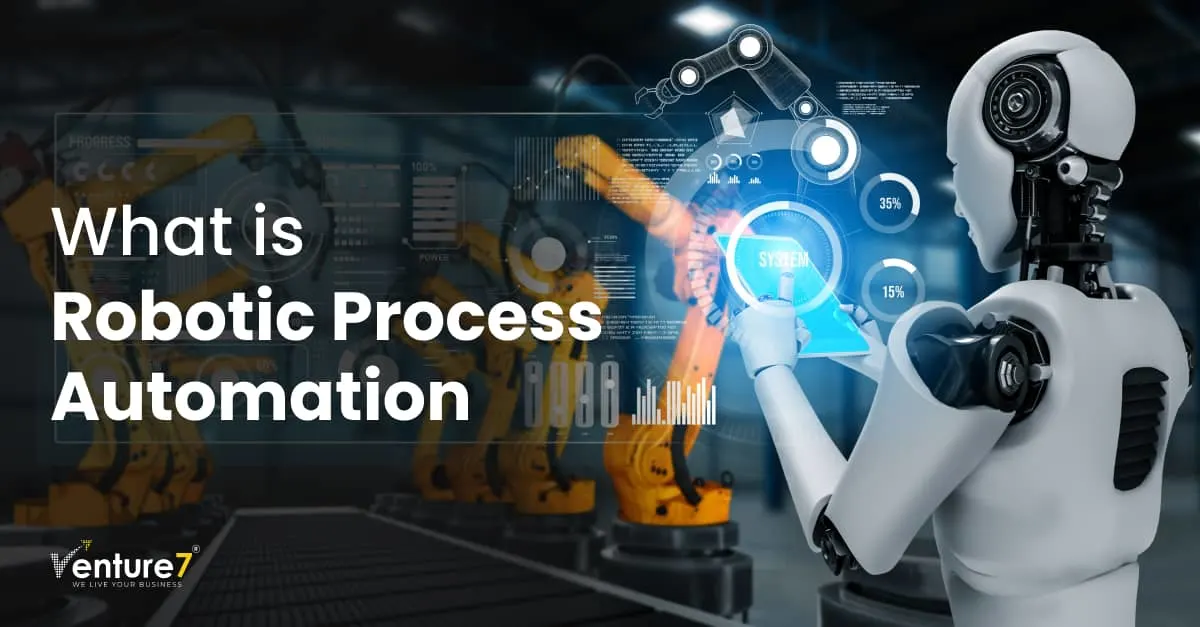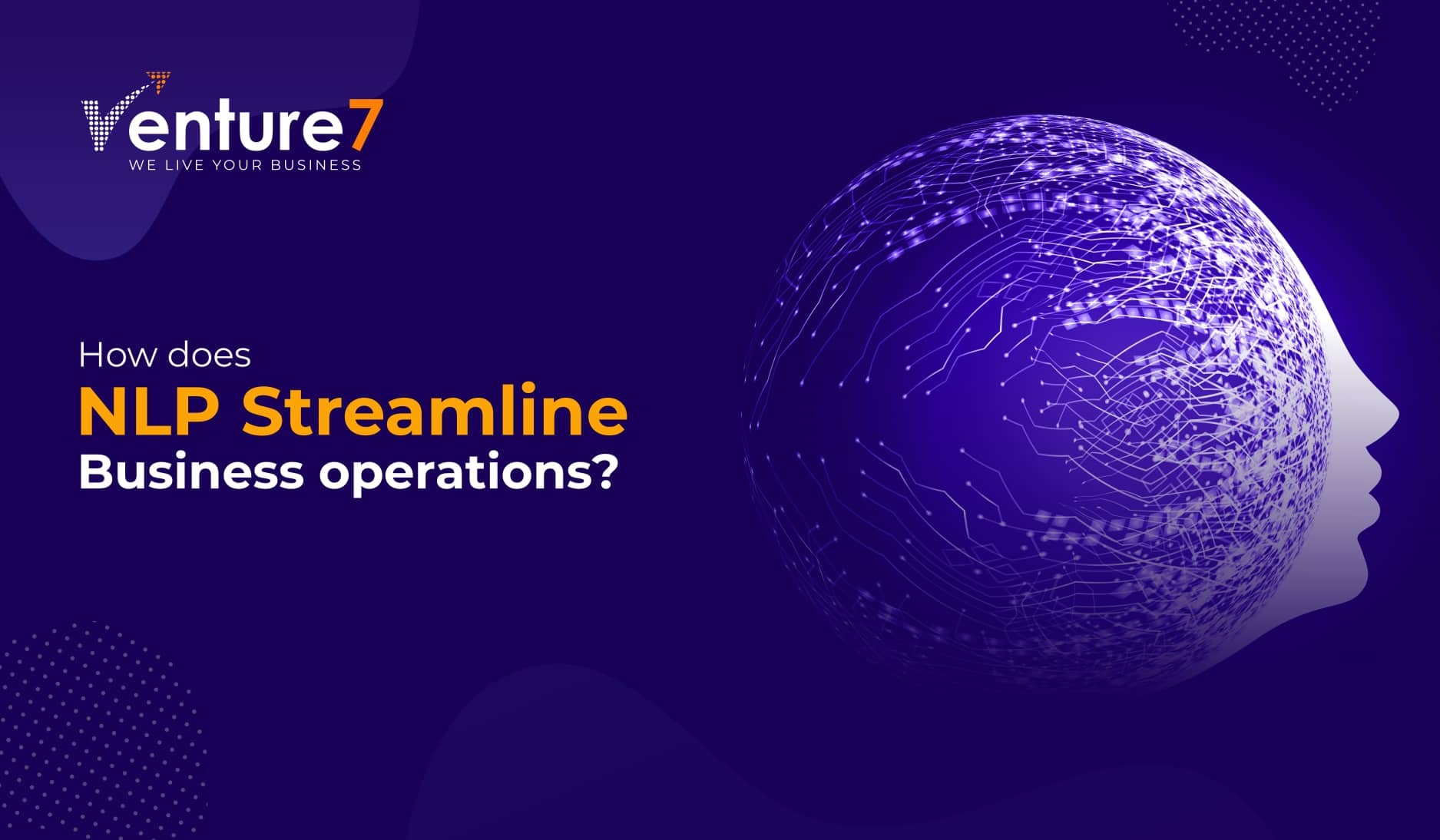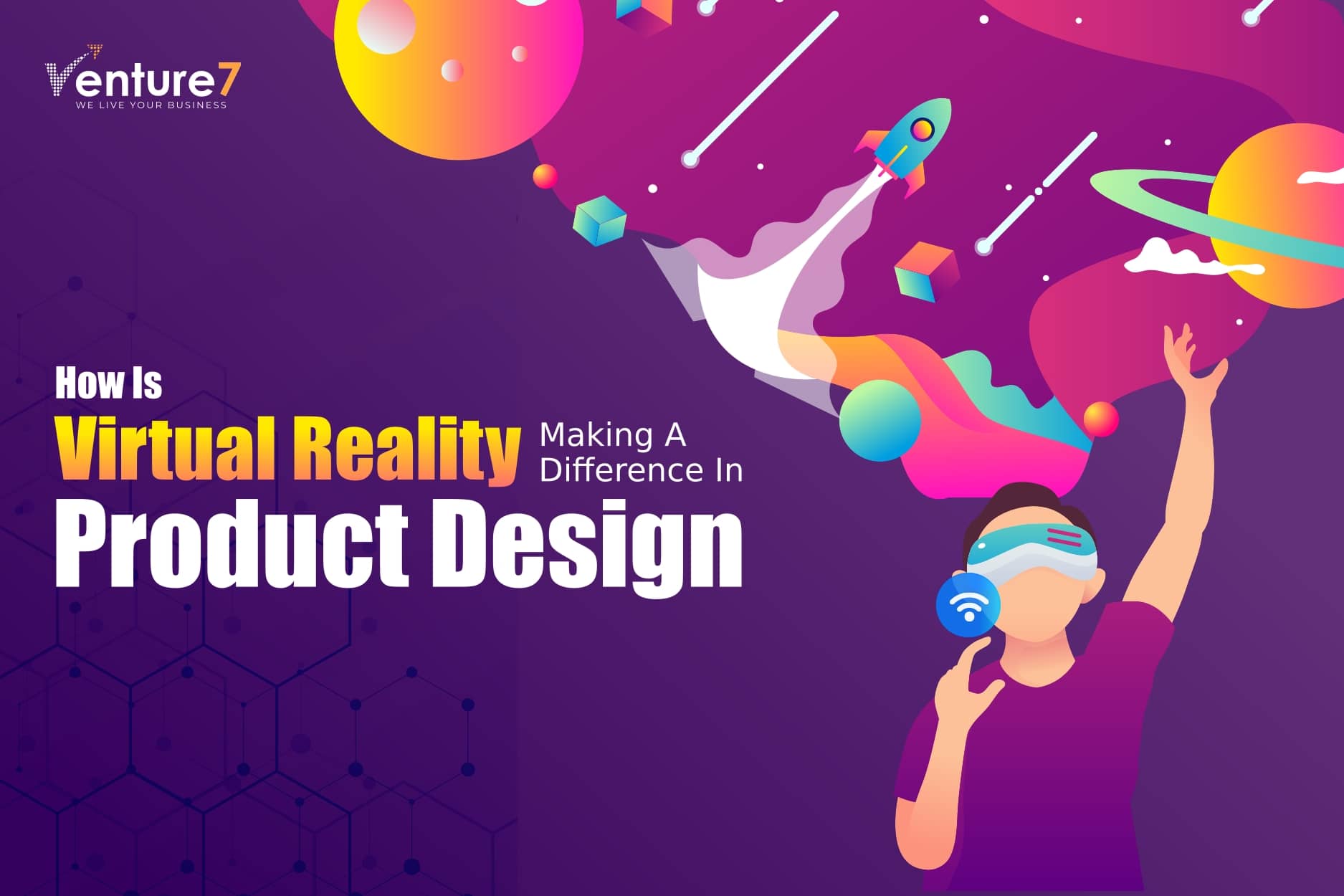Experience Design: Seamless Customer Experience
 In the digital age, empowered customers demand customized and seamless customer experience at every touchpoint – be it the physical world or the digital. CX or Customer Experience is the sum of all interactions the customer has during their journey with a brand or product. At each touchpoint, the experience needs to be exceptional and effortless so that the transition from one stage to the other is smooth and enhances customer satisfaction. For any business, a seamless customer journey is all about putting together a strong framework that allows it to deliver personalized positive experiences to the people they’re doing business with. For this, every individual who is part of the organization must know their customers and understand their needs, even though they may be unexpressed. Employees must be ready to identify and solve a problem even before users identify it. Importance of CX A rational connection or preference is built when customers’ expectations are at least partly met or preferably exceeded at every touchpoint they have with a company over a period of time. The touchpoints could be a website, app, social media, customer service helpline or employees, or even physical stores. An omnichannel buying experience that is satisfying for users, establishes the reputation of the business. Such positive experiences influence future buying decisions/buying preferences, aid in customer retention and happy users also end up becoming influencers or advocates for the brand. Modern organizations apply the Experience Design approach i.e., developing User Experience or UX centered around people’s experiences to ensure positive engagement with their buyers. Experience Design Experience design focuses on people’s experiences to streamline the design and features of products, processes, environments, and strategies. It focuses on customer needs, feelings, contexts, and mindsets to design the user experience. An experience design-driven approach allows every process and function to influence customers’ emotions, memories, and perceptions in a way that they find value in it. Each of these functions can thus become a revenue-generating piece in the customer journey. Ongoing interactions and feedback from customers and listening to their problems leads to pathbreaking ideas in the design thinking process. Key measures to designing a seamless Customer Experience Measure what matters to customers – Quantifying what matters to the customers is the most significant step. While designing experiences, the customer journey should be the crux of all development. They should not be made to repeatedly provide the same information. This is often the reason for apps and websites having high bounce rates. Above all, while designing the CX, to be truly effective, every step should involve testing and iterations and the data thus obtained can help in validating assumptions and figuring out preferences. Customers may be from demographically diverse backgrounds – Due consideration must be given to the fact that users may be demographically diverse, so the language and prompts should be simple and convenient for laypersons. Some may have cognitive, physical, visual, or auditory challenges, others may not comprehend complex workflows and language, quite a few may be seniors, and so on. User experience (UX) must be accessible, inclusive, and intuitive for all users. Choice of technology is important – Designing a great experience for customers involves not just designing super smooth workflows, navigation menus, search filters, payment, and checkout pages but the technology that all of it is based on, is equally important. While selecting the right technology, developers must keep in mind that it must be fast and efficient, should allow them the flexibility to design and build interactive features, and, enable data collection so that they can make informed decisions that are user-centric. Design and technology should be in sync to provide the best user experience. Creating prototypes then scaling Ongoing customer engagement in the form of real-world experiments with prototypes helps to test, learn and refine workflows and processes. The best way to reduce friction for users is to iteratively prototype and seek feedback from a representative sample of end-users during the design and development phase. This ultimately leads to better user engagement and allows to scale at very low risk. CX as a competitive advantage In summary, experience design facilitates an enjoyable customer experience and helps improve business performance. Earlier, design thinking as an approach was considered as a cost to the organization. But in the modern world, no matter how unique a product is, customers are kings and there are numerous alternatives available to them. Every minute detail can potentially influence customer satisfaction and may either lead to the churn of loyal customers or conversion of prospects to happy users. Venture7 opines that CX blends together user experience and customer service to build lasting relationships with customers. It brings forward a massive opportunity to have loyal customers and increase the Customer Lifetime Value. Therefore, a seamless customer experience can become a significant competitive advantage for all businesses.
In the digital age, empowered customers demand customized and seamless customer experience at every touchpoint – be it the physical world or the digital. CX or Customer Experience is the sum of all interactions the customer has during their journey with a brand or product. At each touchpoint, the experience needs to be exceptional and effortless so that the transition from one stage to the other is smooth and enhances customer satisfaction. For any business, a seamless customer journey is all about putting together a strong framework that allows it to deliver personalized positive experiences to the people they’re doing business with. For this, every individual who is part of the organization must know their customers and understand their needs, even though they may be unexpressed. Employees must be ready to identify and solve a problem even before users identify it. Importance of CX A rational connection or preference is built when customers’ expectations are at least partly met or preferably exceeded at every touchpoint they have with a company over a period of time. The touchpoints could be a website, app, social media, customer service helpline or employees, or even physical stores. An omnichannel buying experience that is satisfying for users, establishes the reputation of the business. Such positive experiences influence future buying decisions/buying preferences, aid in customer retention and happy users also end up becoming influencers or advocates for the brand. Modern organizations apply the Experience Design approach i.e., developing User Experience or UX centered around people’s experiences to ensure positive engagement with their buyers. Experience Design Experience design focuses on people’s experiences to streamline the design and features of products, processes, environments, and strategies. It focuses on customer needs, feelings, contexts, and mindsets to design the user experience. An experience design-driven approach allows every process and function to influence customers’ emotions, memories, and perceptions in a way that they find value in it. Each of these functions can thus become a revenue-generating piece in the customer journey. Ongoing interactions and feedback from customers and listening to their problems leads to pathbreaking ideas in the design thinking process. Key measures to designing a seamless Customer Experience Measure what matters to customers – Quantifying what matters to the customers is the most significant step. While designing experiences, the customer journey should be the crux of all development. They should not be made to repeatedly provide the same information. This is often the reason for apps and websites having high bounce rates. Above all, while designing the CX, to be truly effective, every step should involve testing and iterations and the data thus obtained can help in validating assumptions and figuring out preferences. Customers may be from demographically diverse backgrounds – Due consideration must be given to the fact that users may be demographically diverse, so the language and prompts should be simple and convenient for laypersons. Some may have cognitive, physical, visual, or auditory challenges, others may not comprehend complex workflows and language, quite a few may be seniors, and so on. User experience (UX) must be accessible, inclusive, and intuitive for all users. Choice of technology is important – Designing a great experience for customers involves not just designing super smooth workflows, navigation menus, search filters, payment, and checkout pages but the technology that all of it is based on, is equally important. While selecting the right technology, developers must keep in mind that it must be fast and efficient, should allow them the flexibility to design and build interactive features, and, enable data collection so that they can make informed decisions that are user-centric. Design and technology should be in sync to provide the best user experience. Creating prototypes then scaling Ongoing customer engagement in the form of real-world experiments with prototypes helps to test, learn and refine workflows and processes. The best way to reduce friction for users is to iteratively prototype and seek feedback from a representative sample of end-users during the design and development phase. This ultimately leads to better user engagement and allows to scale at very low risk. CX as a competitive advantage In summary, experience design facilitates an enjoyable customer experience and helps improve business performance. Earlier, design thinking as an approach was considered as a cost to the organization. But in the modern world, no matter how unique a product is, customers are kings and there are numerous alternatives available to them. Every minute detail can potentially influence customer satisfaction and may either lead to the churn of loyal customers or conversion of prospects to happy users. Venture7 opines that CX blends together user experience and customer service to build lasting relationships with customers. It brings forward a massive opportunity to have loyal customers and increase the Customer Lifetime Value. Therefore, a seamless customer experience can become a significant competitive advantage for all businesses.
Browse by categories
- Agile
- Artificial Intelligence
- Automated testing
- Big Data
- Blockchain
- Business Intelligence
- Chatbots
- Cloud Computing
- Customer Experience
- Data Science
- Design Thinking
- DevOps
- Dialogflow
- Digital transformation
- EduTech
- ETL
- Healthcare
- HealthTech
- Machine Learning
- Mobile application
- Product Development
- Quality Ascent
- Quality Assurance
- Real Estate
- Software Testing
- StartUp
- Testing
You May Like This

What’s Driving the Surge in Robotic Process Automation?
During the 1990s, many companies adopted business process reengineering as a popular way to revolutionize their end-to-end business processes, using emerging technologies such as enterprise resource planning (ERP) systems and the internet. For instance, they implemented large-scale ERP systems like SAP or Oracle to facilitate data exchange and create a strong IT infrastructure. Process management […]

How Does NLP Streamline Business Operations?
Data is rapidly becoming one of the crucial aspects of every organization that help businesses to make data-driven decisions by digging out important insights from the gathered data. Various organizations are exploring diverse technologies to simplify the process of gathering and analyzing data in order to put the data to good use. Many organizations are […]

How Machine Learning Algorithms Brings New Dimensions To Software Testing?
Machine learning and analytics tools have the ability to unlock innovative automation in order to improve software testing efficiencies by analyzing test data and delivering better outputs. It can detect redundant and unsuccessful tests and other errors in the development stage that help in reducing risk in the deployment phase. It has helped information technology […]

How Is Virtual Reality Making A Difference In Product Design?
The product design and development industry has gone through drastic changes over the past few years with constant evolution and advancement of technologies. The growing complexities and changing demands of customers makes it necessary for information technology experts to design high-quality products and deliver it to the market in a short span of time in […]

How Digital Twins of a Customer(DToC) will transform CX
A digital twin represents a physical thing that spans its life cycle, receives real-time data updates, and provides actionable insights using simulations, machine learning, and logic. The term “digital twin” was first used in the 1990s to describe digital representations in manufacturing and engineering design. However, as artificial intelligence (AI), machine learning (ML), and predictive […]

Transforming Marketing Sector With Machine Learning Attributes
The marketing sector is continuously evolving with constant advancement in technologies that are highly being implemented to enhance marketing campaigns and optimize customer experience. The growing competitive business environment has made it necessary for marketers to explore diverse technologies to bring efficiency in operations and maintain a competitive edge in the industry. Technologies such as […]



